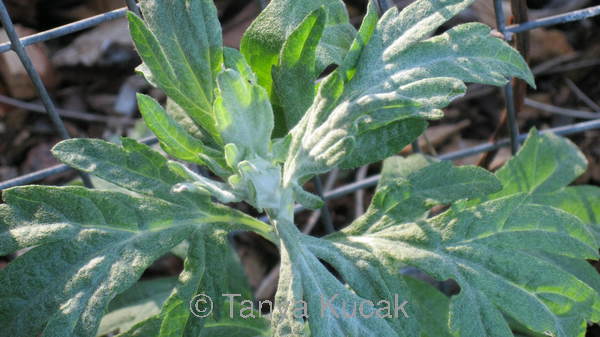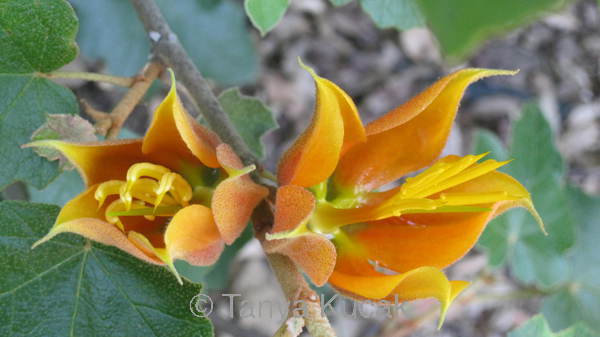
The seed for Helen Popper's book was planted over a decade ago at monthly meetings of the Gardening with Natives group. We shared information and discussed such projects as posting a book list and other resources on a website, putting together a native-garden tour, and creating a maintenance calendar for native plants. All these ideas have finally come into fruition: The website has evolved into a good resource, the Going Native Garden Tour celebrated its tenth year in April, and California Native Gardening: A Month-by-Month Guide was published this year.
Popper says she was inspired to take on the project when she realized many experienced native gardeners were getting on in years. While she could still interview some of her mentors, she made time to write the book. The result is a beautifully written homage to native plants and a useful guide to what to do in the garden each month, in tune with the particular rhythm of seasons in California.
This book is a superb counterpoint to all those garden books written for the drizzly British climate or the temperate Eastern U.S. It's valuable not only for gardeners who favor California native plants, but also for gardeners originally from other areas who want to learn how to garden, period, in California's summer-dry climate. In fact, it would make an eye-opening gift for plant nerds in other parts of the country or the world who are curious about what makes California gardening special.
It's not a reference book to put on the shelf and turn to when you have a question about a specific plant. For that, you can turn to the book California Native Plants for the Garden by Bornstein et al., or Care and Maintenance of Southern California Native Plant Gardens by O'Brien et al., both of which are essential resources.
Rather, Popper has written a book about what to pay attention to in the garden as the fall rainy season turns into winter greenery and spring wildflowers, followed by the warmth of summer and the restful dry season.
The gardening year in California begins in October, as seasonal rains begin to rouse native plants from dormancy. It ends with the restful planning month of September – California's version of the snowed-in Chicago gardener perusing seed catalogs. Each month's chapter contains a one-page summary describing what tasks to pay attention to that month. The bulk of the chapter expands on those themes, in straightforward language touched with poetic appreciation for California's native plants. The chapter closes with a rundown on what's in bloom or showy that month. Lovely photos throughout illustrate healthy plants.
I especially liked Popper's attitude toward wildlife in the garden, such as gophers, moles, and deer. She relies on effective barrier methods to keep out gophers and deer, including wire baskets, wire-bottomed planting beds, and cages for young plants. Popper describes how to tell a gopher mound from a mole hill and suggests leaving moles alone: They are generally beneficial in the garden.
A short chapter at the end of the book discusses five native gardening styles: formal, cottage, Japanese, herb, and child's garden.
Unlike other monthly guides I've seen, this one does not sound repetitive when similar tasks recur. Instead, common tasks such as pruning, weeding, and watering change with the seasons and as different plants take center stage.
Popper pays special attention to propagation. Do-it-yourself gardeners will be happy to read the details of how and when to take cuttings, and a list at the back of the book summarizes which month to take cuttings from dozens of plants.

Mugwort looks best in the spring when it is cut to the ground each December.

July is the time to tip-pinch young fremontodendrons; leave older plants like this one alone.

California Native Gardening: A Month-by-Month Guide was published in March 2012 by UC Press.
© 2012 Tanya Kucak